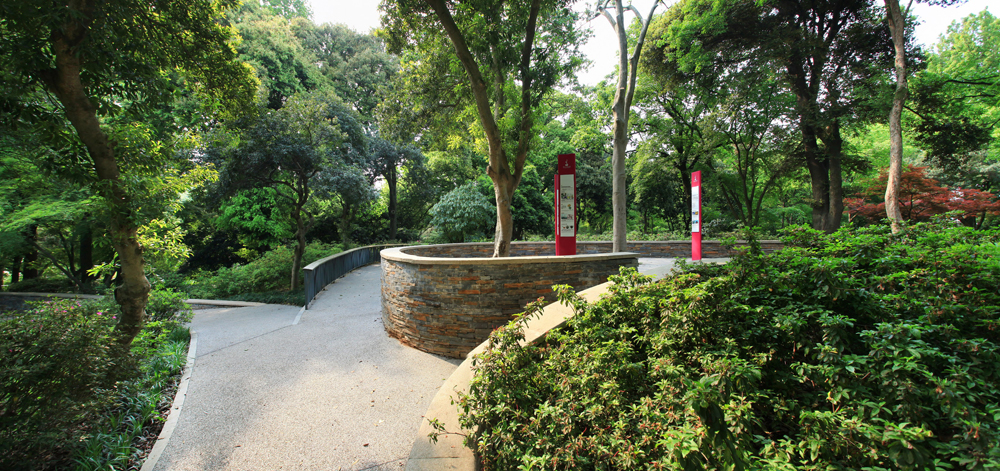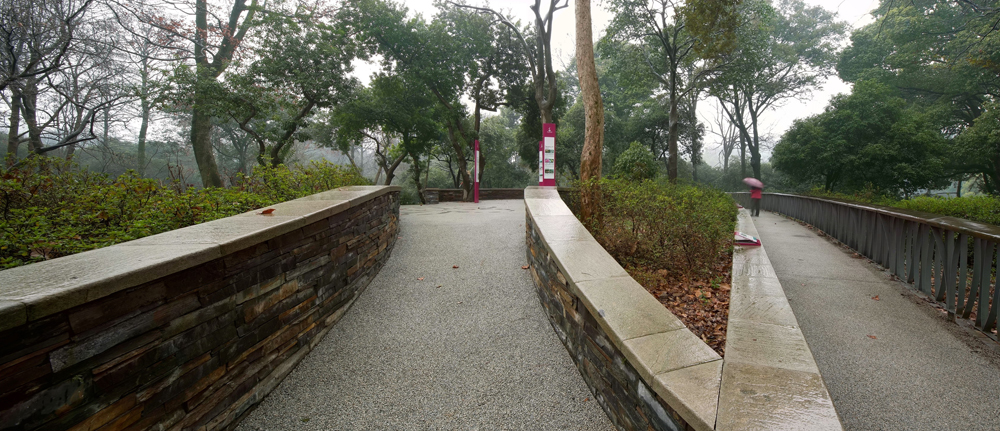杭州植物园槭树杜鹃园
HangZhou Maple and Azalea Garden
-
项目位置:浙江杭州
项目业主:杭州市园林文物局
面积:1.6ha
设计时间:2011-2012年
建成时间:2012年
获奖情况:
英国国家景观行业协会 (BALI), 国家景观奖 , 2014
中国风景园林学会 , 第三届中国风景园林学会优秀风景园林规划设计奖 , 一等奖 , 2015
中国勘察设计协会 , 全国优秀工程勘察设计行业奖“园林景观”, 三等奖 , 2015
北京工程勘察设计行业协会 , 北京市第十八届优秀工程设计 , 二等奖 , 2015
-
Project location:Hangzhou Botanical Garden,Hangzhou, Zhejiang
Clients:Greening Management Administration Of Hangzhou
Area:1.6ha
Design year:2011-2012
Completion Year:2012
Awards:
BALI National Landscape Awards, British Association of Landscape Industries, 2014
First prize of 3rd Landscape Planning and Design Awards, Chinese Society of Landscape Architecture, 2015
Third prize of Design and Survey Awards, Chinese Society of Survey and Design Industries, 2015
Second prize of 18th Beijing Landscape Awards, Beijing Society of Survey and Design Industries, 2015


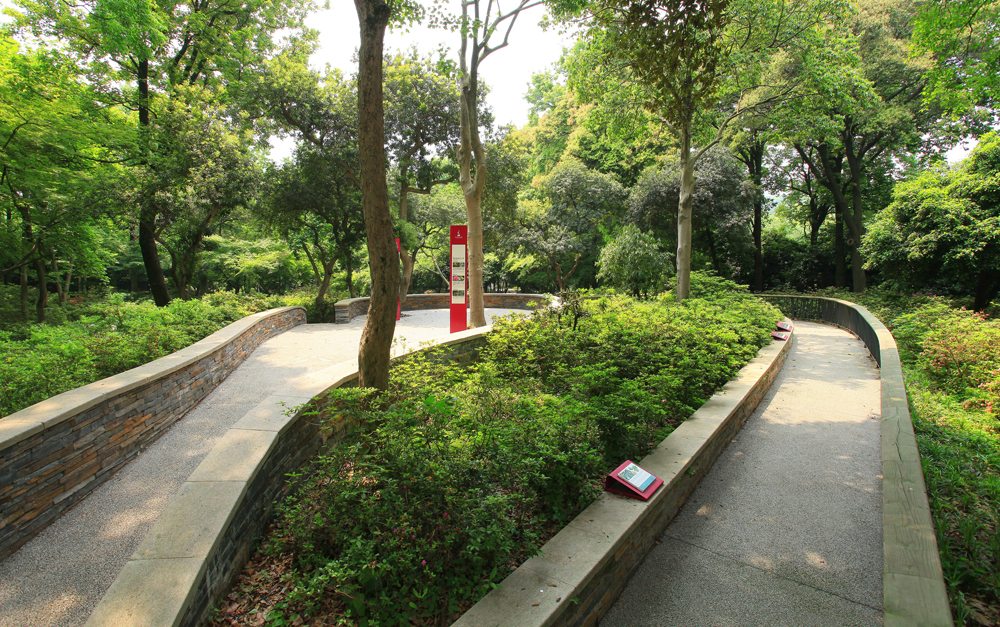

杭州植物园始建于 1956 年。由于具有优越的地理位置和良好的植物生长条件,它是中国最重要的植物园之一。
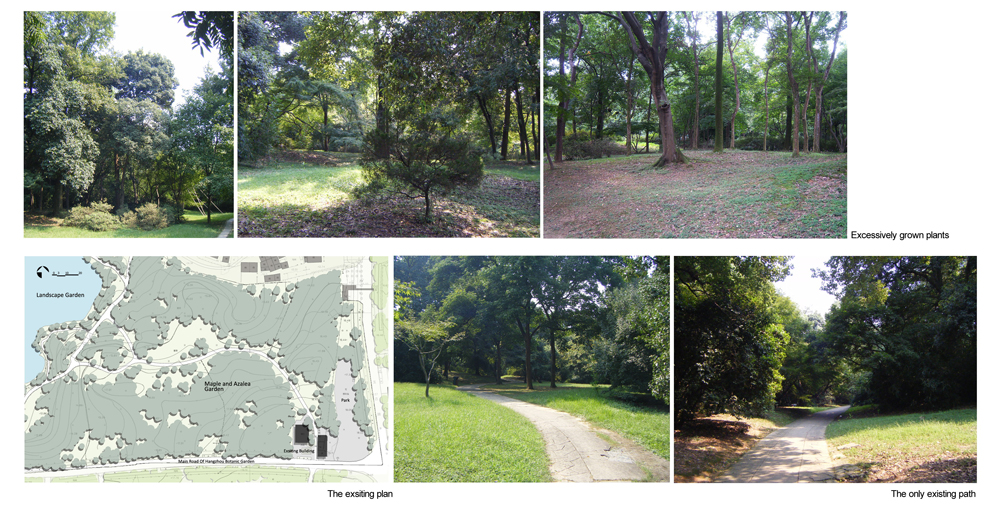
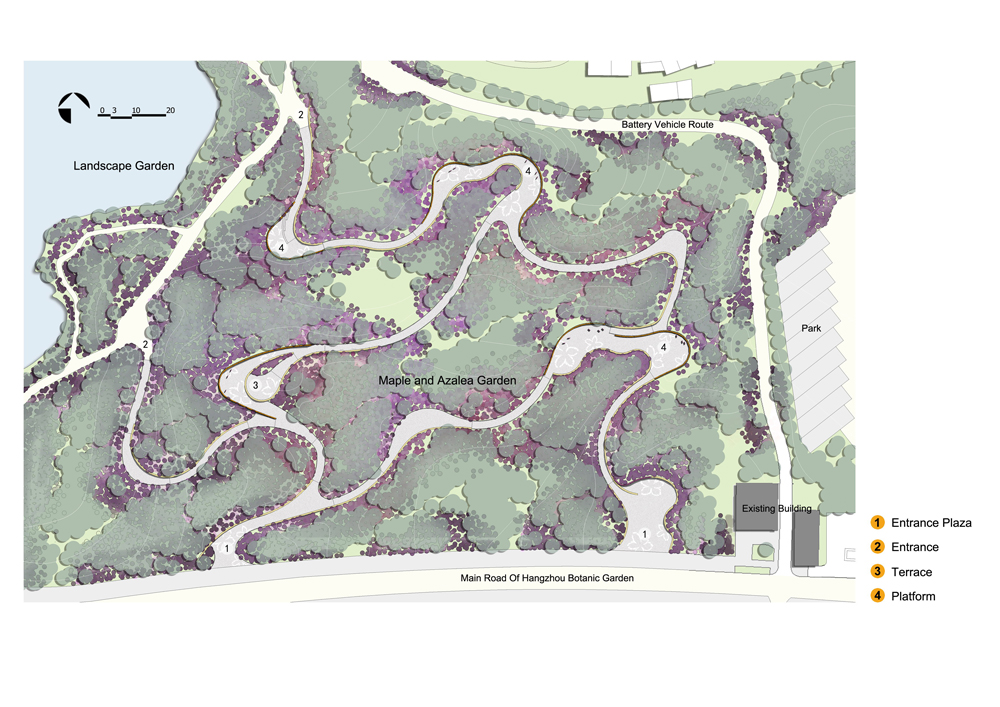
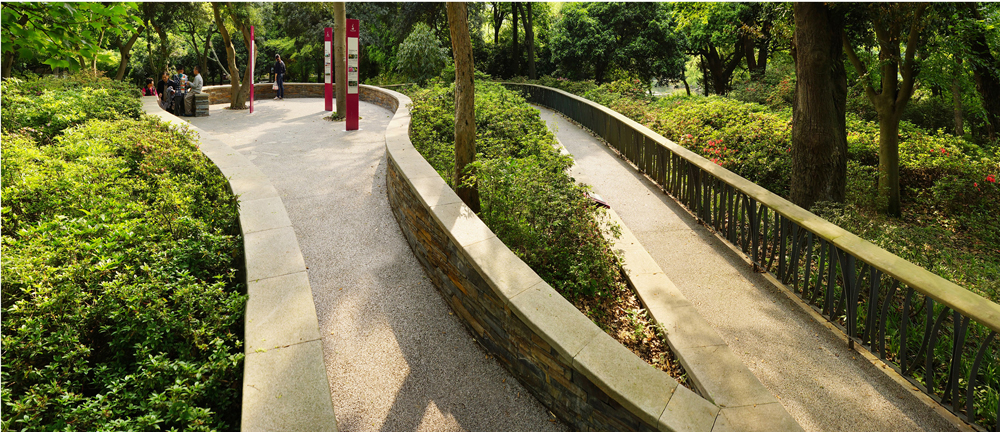
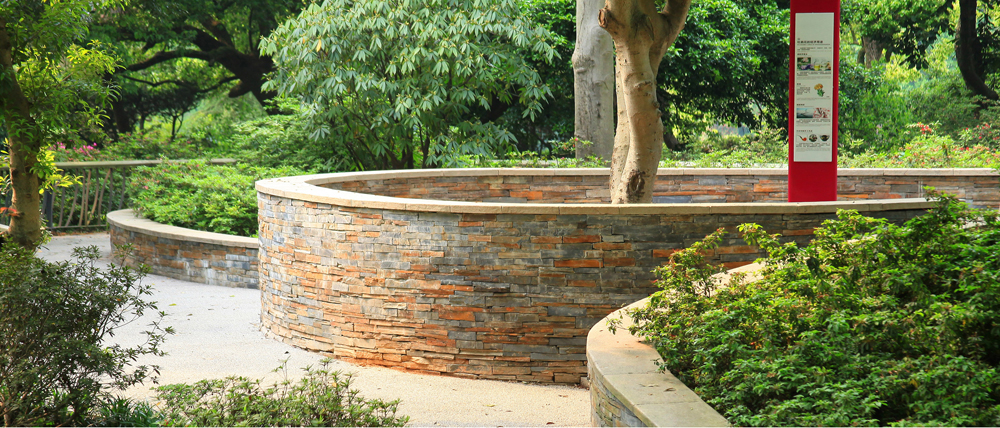

槭树杜鹃园面积为 1.6 公顷,位于一块缓坡地上,曾经是植物园中一个比较有特色的专类园。然而,由于几十年来植物的过度生长,再加上疏于管理,植物景观已经比较杂乱。槭树和杜鹃隐藏在高大乔木的下面,生长状况不好,数量也越来越少,槭树杜鹃园早已名不符实。2011 年,杭州植物园希望改造这个有着 50 多年历史的专类园,以便容纳更多的杜鹃品种,改善景观和设施,吸引更多的游人。


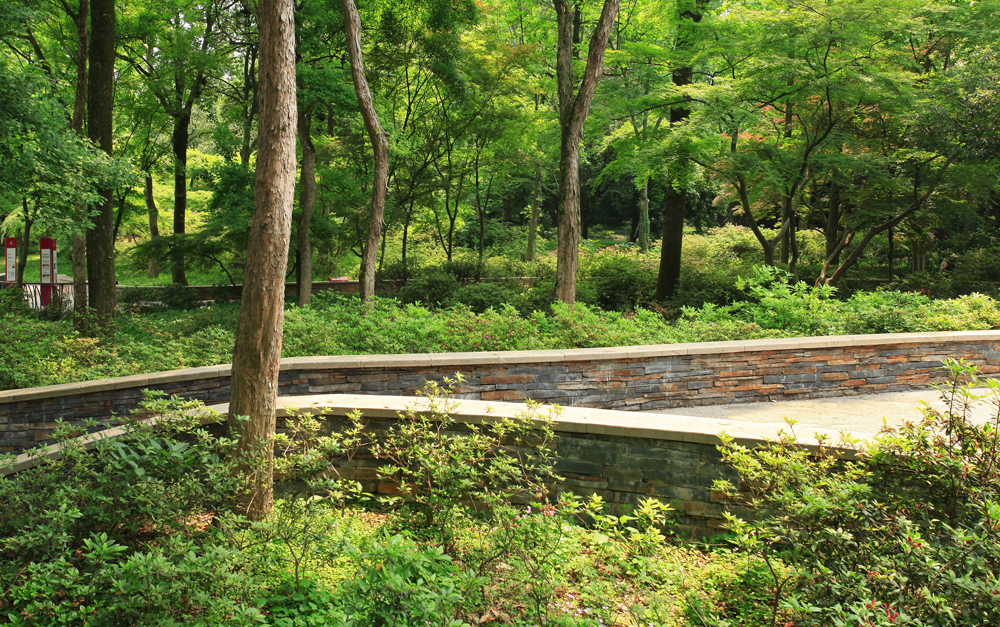


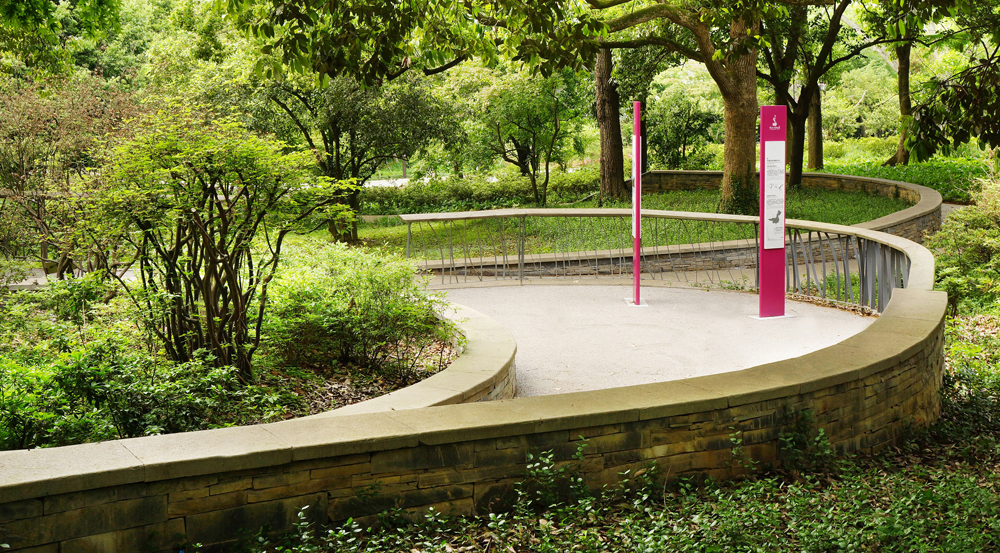
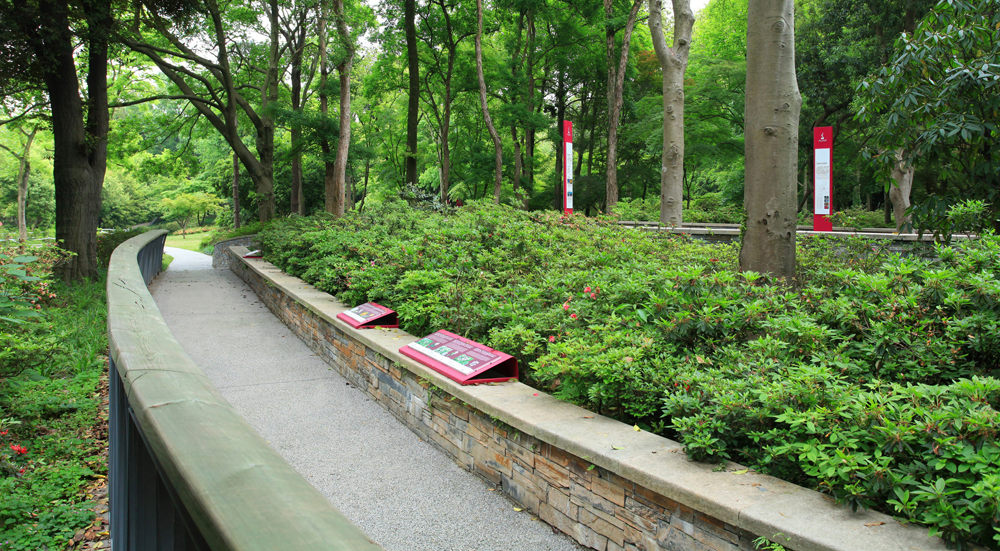

首先对植物进行了梳理,去除了一些其它品种的乔木和灌木,以便为槭树和杜鹃的生长创造更好的条件。花园中原有的道路只是一条穿越花园的小径,没有任何可以停留的场地和休息的设施。花园如要吸引更多游人,必然要在有限的面积里增加道路和休息设施,让人们可以漫步停留,并且近距离地观赏植物。考虑到场地上平均 6% 的自然坡度,我们依据地形设计了一个经过柔化的“之”字形的道路系统,大大增加了游览线路。原来坡度较大的地方形成了小型的台地广场,布置有休息矮墙和科普设施,为游客提供了停留休息的空间。水平的矮墙与顺地形缓缓下降的道路形成了水乳交融的关系,勾勒出地形的微妙变化,也提供了休息和安放科普设施的位置,同时避免了游客在相邻道路之间的穿越,对杜鹃灌丛起到一定的保护作用。精心设计的栏杆造型独特,与矮墙形成虚实的对比,又增加了空间的层次。路边种植大量不同品种的杜鹃,游客可以在不同高度的视点上欣赏杜鹃,并得到独特的体验。
First, by removing some of other varieties of trees and shrubs, landscape architects create a better condition for the growth of maple trees and rhododendrons. The original circulation was just a path through the garden without any rest area and amenities. To accommodate more visitors, it is necessary to increase the paths and rest areas to attract people go into the garden and watch the plants of different species closely. Considering the 6% average grade of the slope, landscape architects design a soft zigzag path system. This lengthens the tour route greatly. Small platforms and terraces are set in the places with relatively steep slope, and serve as rest areas with sitting walls and interpretive panels. The changing elevation between horizontal walls and the flowing down paths sketches out the subtle changes of the terrain. The low walls also protect rhododendron shrubs by avoiding the tourist’s crossing between the paths. The railings are elaborately designed in a distinctive style. Compared with the low shale wall, they form the contrast between hollow and solid, and increase the level of spatial complexity. Large numbers of different rhododendrons are planted along the paths, platforms and terraces. Visitors can appreciate the beautiful flowers from different viewpoints and get a unique experience. Base on the site character and by using simple elements, such as paths, platforms, railing and interpretive boards, landscape architects create a unified landscape full of varying spaces, and give the garden a strong sense of genius loci.

